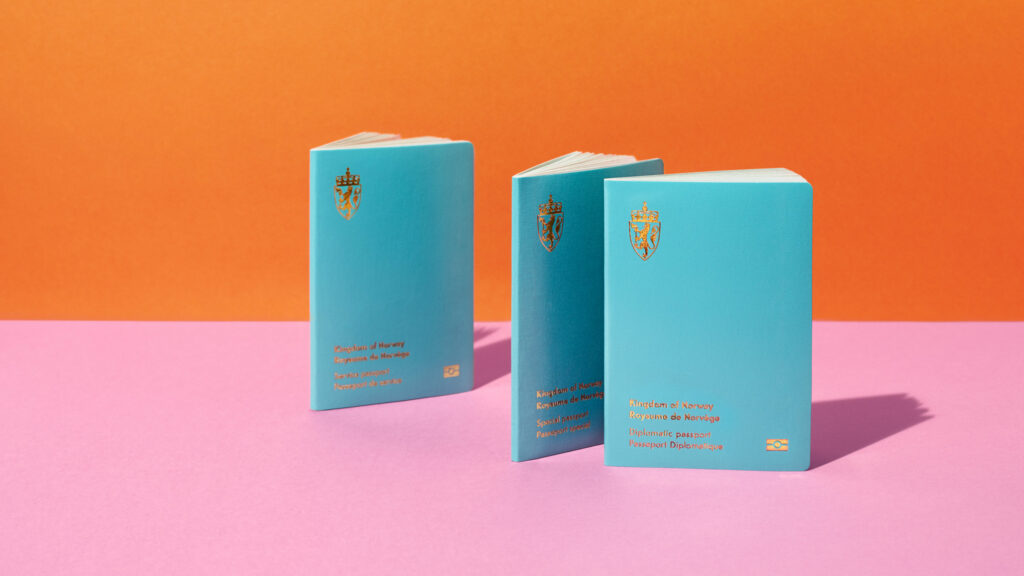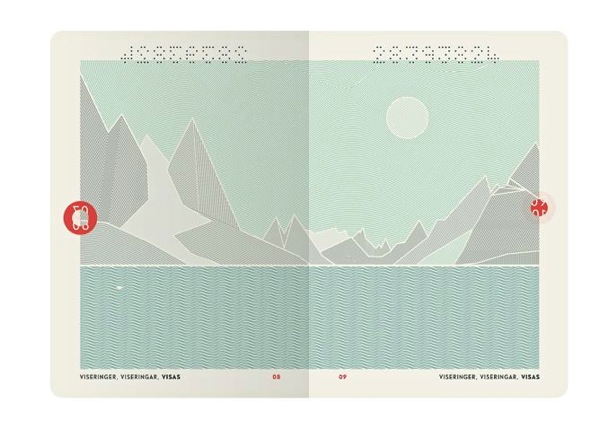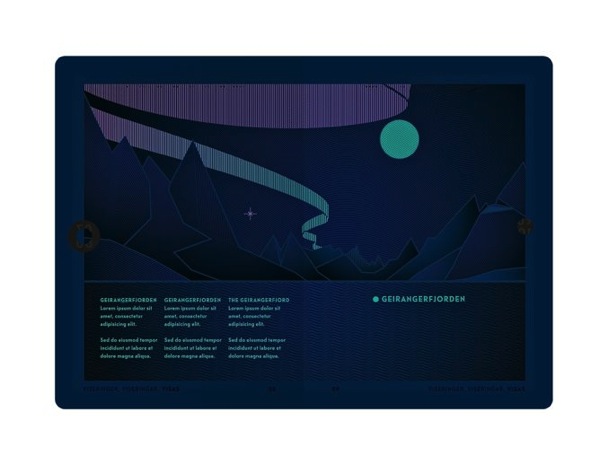Surprise
Triggering the emotional response of surprise can be an effective practice to create joyful experiences. In the following we will explore design considering surprise—one of the six primary emotions identified by Paul Ekman—with the intention to create a joyful experience.
Joyful experiences often happen to us at moments we do not expect them to happen—sometimes even tiny moments can capture our attention and turn into a memorable and joyful experience. According to Ingrid Fetell Lee those moments can be especially powerful in moments of stress or sadness—turning negative emotions into moments of opportunity/perspective. Those small bursts of joy can have an enormous impact on somebody’s mood. Unforeseen pleasures having the power to shift a bad mood are rooted in the nature of surprise: surprise has the purpose to quickly redirect our attention. [1]

“It acts like a warning bell for the brain, alerting us to a gap between what’s happening in front of us and what we had anticipated […] An unexpected noise or tap in the shoulder brings the mind and senses into a state of sudden vigilance.”—Ingrid Fetell Lee
Some suprises can be threads, but lets focus on the positive ones. If surprises signal opportunity our increased alertness and arousal of the surprise response can prepare us to take advantage of sudden joys. Those tiny moments of joy seem to be of short duration but they can have lasting effects because of their power to support upward spirals of positive emotions. [2]
“Joyful suprises bring our attention away from ourselves and back out into the world, prompting us to approach and engage. They incite curiosity, spur exploration, and increase the chances we’ll interact with others in ways that keep the positive vibes flowing.”—Ingrid Fetell Lee
Surprise acts as a magnet for joy by breaking the monotony of routines.
Even studies show, “that the majority of test subjects of a student population reported positive associations with surprise […] and also that variation in the level of surprise has a direct effect on consumers’ satisfaction. Since impulse purchasing implies an approach behaviour towards a product we can assume a positive connotation of surprise.”—Dorothea Baun, European University Viadrina, Germany [3]
Packaging ideas considering surprise to catch the eye and trigger not only a feeling of curiosity but also a feeling of joy:


Norwegian Passport by Neue Design Studio [8]
Norways passport design is a sleek and modern approach, which already separates its visual appearance from the rest—but the actual surprise hides inside. The passports pages illustrate in an artistic way the country’s natural wonders. Another surprising and playful element: put them under UV light and day scenes turn into night—the sun turns into moon, northern lights and a hidden text appear.
[1]Fetell Lee, Ingrid: Joyful: The Surprising Power of Ordinary Things to Create Extraordinary Happiness. New York: Hachette Book Group 2018, p. 164 ff.
[2] ebda.
[3] Baun, Dorothea/Groeppel-Klein, Andrea: The Association for Consumer Research. Joy and Surprise As Guides to a Better Understanding of Impulse Buying Behaviour. URL: https://www.acrwebsite.org/volumes/11252/volumes/e06/E-06
[4] Designboom. kazuaki kawahara wraps toilet paper roll with juicy fruit packaging. URL: https://www.designboom.com/design/kazuaki-kawahara-fruits-toilet-paper-latona-packaging-japan-05-01-2016/
[5]. Canva.50 insanely creative and stunning packaging designs. URL: https://www.canva.com/learn/packaging-design/
[8] Neue. URL: https://neue.no/work/norwegian-passports/


